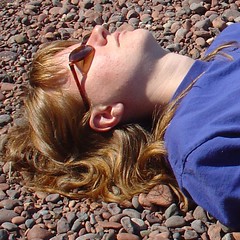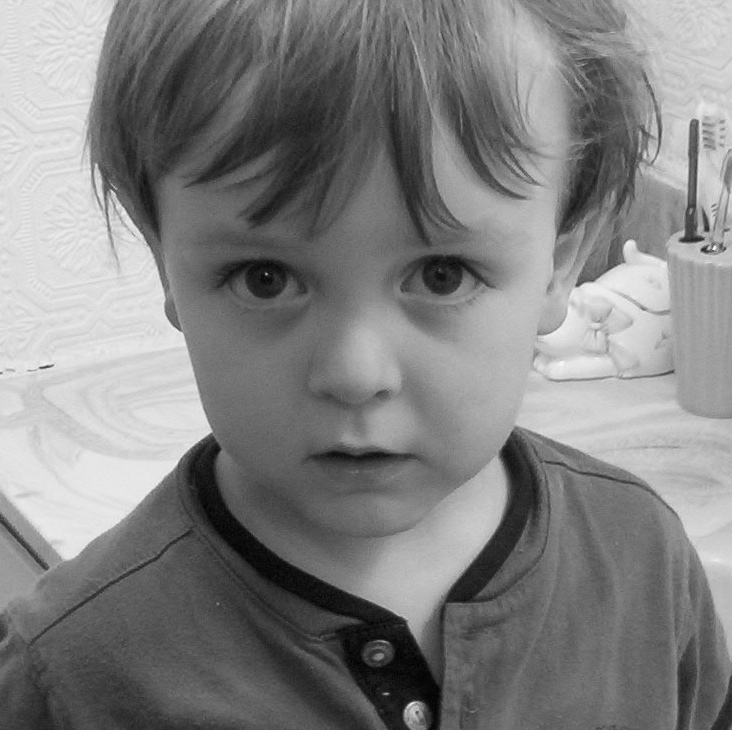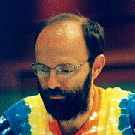traffic & foot traffic
Using road traffic as an analogy to language change and development has been fruitful to me for several reasons. Human traffic behavior and human language behavior have a lot in common- in both cases, individuals make the decisions that make the changes that control the whole picture. Individuals act in their own interests and do what is easiest. Individuals program themselves to use habits to accomplish their ends and change these habits only when it is necessary or desirable. People are aware in a heightened way of what others are thinking and doing, and how they are responding to various cues. The collective body (traffic jam/language) has its own life- it sometimes disperses, sometimes gets stronger or more regular, simplifies itself or orders itself unexpectedly in some way. Each individual within the larger group is aware of his/her influence on the group to some extent, and weighs the consequences of his/her actions toward the group. though sometimes changes are entirley unconscious.But there is one large problem when you try to compare a good traffic jam with language change. And that is that many people consider the law to be a major reason that they keep a sense of order on the road. The law, after all, was there before they got their license; tells them where not to go and what not to do, and acts as a control or maintainer of order.
I don't believe the law is really that important, as I've seen whole roadfuls of cars breaking it shamelessly and still keeping a very strict order. I believe the cars came first, with no order; the norm came second, as people decided it was to their benefit to make a habit of keeping to the right or left (and then the law followed, long after the norm was established).
Nevertheless it's hard to get at why we do what we do as long as most of us see fear of the law as a guiding force in our or any traffic behavior. So, I'm beginning to switch into studying crowds themselves. After all, people walking on the street don't worry about being arrested for touching the line. It's just not an issue for walkers. Yet they too follow many of the above patterns listed above.
And it happens that the norms develop somewhat randomly: in the US, you walk on the right side of the sidewalk; in Kenya, the left; in Britain, it doesn't matter; in Korea, the left, but you drive on the right. It's not genetic; it's not even a restriction created by the country. It's pure self-organization. I need to find studies done on crowds in places like crowded streets, etc., where some real principles come into play. Unfortunately much of the work done is directed at preventing disasters like those that happened at IKEA stores and Mecca- whereas language has very few disasters of that nature. But people speaking languages follow many principles similar to those of people walking down a crowded street. They seek space on all sides. They seek forward progress- to get where they're going. They are heavily influenced by the group itself, and the possibility that they will hurt the group if they don't behave properly. I need to investigate.
Labels: self-organized systems























































0 Comments:
Post a Comment
<< Home